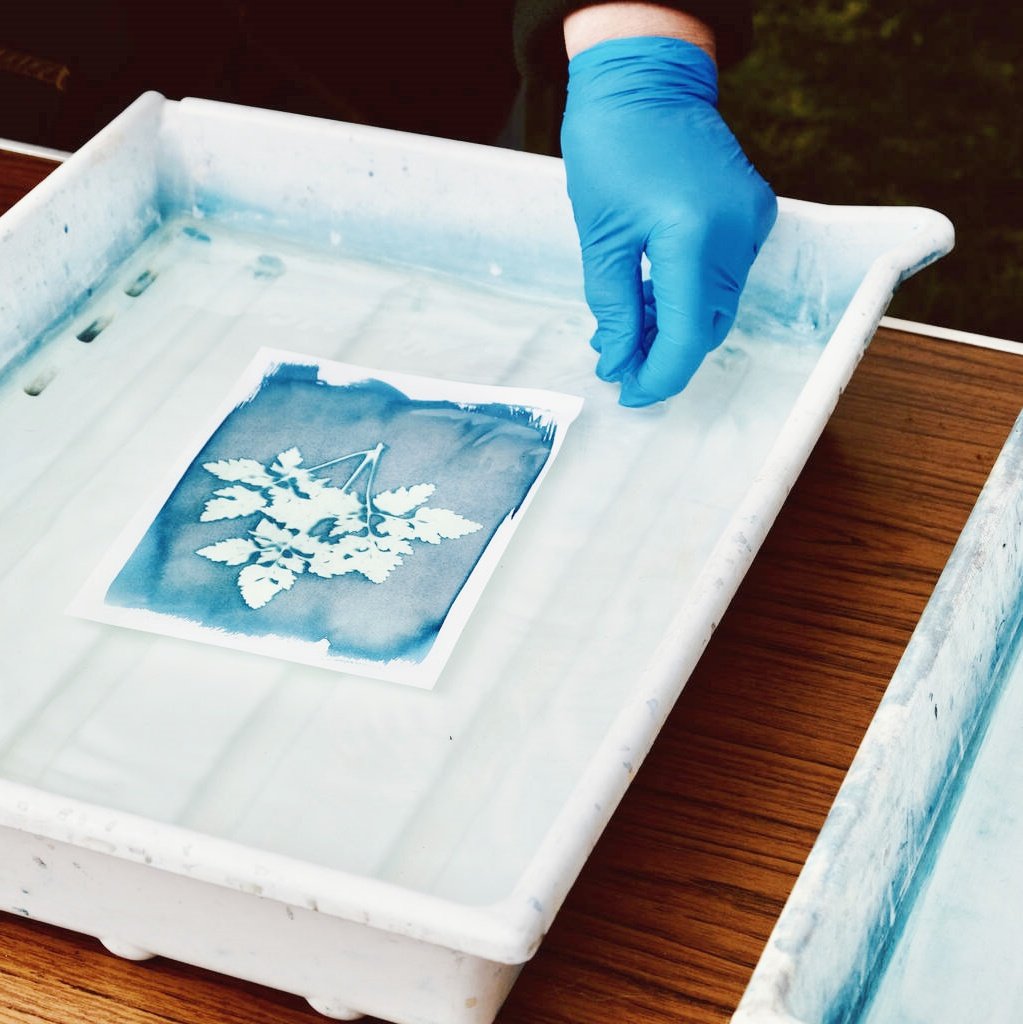In the plastisol ink industry, especially as a supplier of white plastisol ink for printing, we are well aware of the importance of ink during production and use, as well as the environmental issues that may arise from improper disposal. This article will delve into the proper disposal methods of plastisol ink, with a particular focus on white plastisol ink for printing, prints per gallon of plastisol ink, the processing of black plastisol ink, the processing of plastisol ink, and the core focus keyword—proper disposal of plastisol ink.
I. Fundamentals of Plastisol Ink
Plastisol ink is a thermoplastic ink composed of resins, pigments, plasticizers, and fillers, widely used in the printing of textiles, leather, plastics, and paper. Its unique thermoplastic properties allow the ink to flow and adhere to the substrate when heated, solidifying into a durable pattern upon cooling.
The processing of plastisol ink includes ink formulation, printing, drying, and curing. Each step requires precise control to ensure the quality and stability of the printed product.
II. The Unique Aspects of Printing with White Plastisol Ink
White plastisol ink is favored for its high opacity and vibrant color. However, its processing is relatively complex, requiring special attention to ink mixing ratios and printing parameters to ensure print quality.
When printing with white plastisol ink, the prints per gallon of ink is an important indicator for assessing ink efficiency and economy. By optimizing the printing process and ink formulation, the number of prints per gallon can be increased, lowering costs.
III. The Processing of Black Plastisol Ink
Black plastisol ink is another commonly used ink type, with a processing process similar to white ink but also some unique aspects. Black ink typically has strong opacity, so special attention needs to be paid to ink uniformity and drying speed during the printing process.
During the processing of black plastisol ink, it is necessary to strictly control the ink’s viscosity, drying temperature, and curing time to ensure the quality and stability of the printed product.
IV. Proper Disposal Methods for Plastisol Ink
1. Segregated Collection
Firstly, different types of plastisol ink should be collected separately to avoid mixing inks of different colors or types. This aids in subsequent processing and recycling.
2. Storage and Transportation
During storage and transportation, ink containers should be tightly sealed to prevent leaks and environmental contamination. At the same time, relevant regulations and standards should be followed to ensure the safe transportation and storage of ink.
3. Recycling and Reuse
Unused plastisol ink should be recycled and reused as much as possible. Some ink manufacturers and recycling agencies offer ink recycling services, which can reprocess and dispose of waste ink, reducing resource waste.
4. Environmentally Friendly Disposal
For plastisol ink that cannot be recycled, environmentally friendly disposal measures should be taken. For example, ink can be sent to professional waste disposal centers for incineration or landfill disposal, but it should be ensured that the disposal process complies with relevant environmental regulations and standards.
5. Preventive Measures
To reduce the amount of waste plastisol ink, measures should be taken from the source. For example, optimizing the printing process and ink formulation to improve ink utilization; strengthening employee training to improve the standardization and efficiency of ink use.
6. Regulatory Compliance
When disposing of plastisol ink, strict compliance with national and local environmental regulations and standards is required. Understanding and complying with relevant regulations contribute to ensuring the legality and safety of ink disposal.
7. Monitoring and Evaluation
Regularly monitor and evaluate the ink disposal process to ensure that the disposal effect complies with environmental requirements. At the same time, adjust the disposal plan based on monitoring results to improve disposal efficiency and quality.
8. Public Participation and Education
Strengthen public awareness and education on the proper disposal of plastisol ink to improve the public’s environmental awareness and participation. Through publicity and educational activities, guide the public to actively participate in the proper disposal of ink.
9. Selection of Partners
Choose partners with environmental awareness and responsibility to jointly promote the proper disposal of plastisol ink. Collaborate with partners to formulate and implement environmental standards, ensuring the legality and sustainability of the ink disposal process.
10. Continuous Improvement and Innovation
Continuously explore and improve methods and technologies for the disposal of plastisol ink to enhance disposal efficiency and environmental performance. At the same time, encourage innovation and technological research and development to promote the sustainable development of the ink industry.
V. Conclusion
The proper disposal of plastisol ink is crucial for protecting the environment and promoting sustainable development. Through segregated collection, storage and transportation, recycling and reuse, environmentally friendly disposal, preventive measures, regulatory compliance, monitoring and evaluation, public participation and education, partner selection, and continuous improvement and innovation, we can effectively reduce the negative environmental impact of plastisol ink and promote the green development of the ink industry.
As a supplier of plastisol ink, we should actively fulfill our social responsibilities, advocate and practice environmental protection concepts, and provide customers with more environmentally friendly and efficient ink products and services. Let us work together to contribute to the future of our planet.


